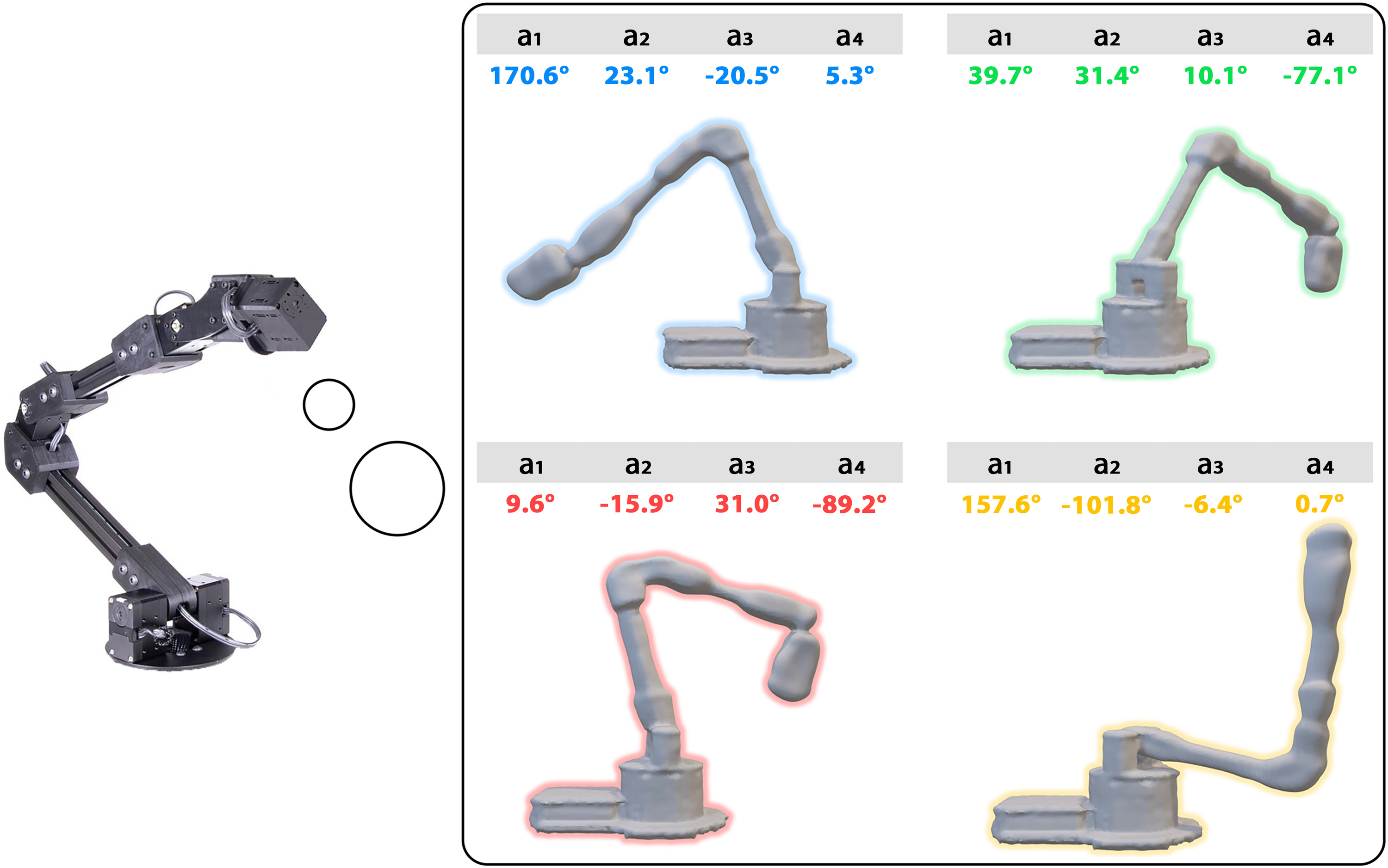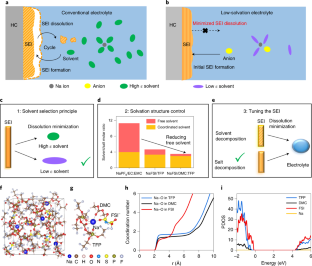コロンビア大学のエンジニアが、周囲の世界ではなく、自分自身を理解するために学習するロボットを製作 Columbia Engineers build a robot that learns to understand itself, rather than the world around it
2022-07-13 コロンビア大学
Science Robotics誌に発表されたこの新しい研究で、研究チームは、ロボットが自分自身の運動学的モデルを作成し、その自己モデルを用いて、さまざまな状況下で動作計画、目標到達、障害物の回避を行う様子を示しています。さらに、ロボットは自分の体の損傷を自動的に認識し、それを補正することもできました。
<関連情報>
- https://www.engineering.columbia.edu/news/hod-lipson-robot-self-awareness
- https://www.science.org/doi/10.1126/scirobotics.abn1944
ロボット形状の全身ビジュアルセルフモデリング Fully body visual self-modeling of robot morphologies
Boyuan Chen,Robert Kwiatkowski,Carl Vondrick ,Hod Lipson
Science Robotics Published:13 Jul 2022
DOI: 10.1126/scirobotics.abn1944

Abstract
Internal computational models of physical bodies are fundamental to the ability of robots and animals alike to plan and control their actions. These “self-models” allow robots to consider outcomes of multiple possible future actions without trying them out in physical reality. Recent progress in fully data-driven self-modeling has enabled machines to learn their own forward kinematics directly from task-agnostic interaction data. However, forward kinematic models can only predict limited aspects of the morphology, such as the position of end effectors or velocity of joints and masses. A key challenge is to model the entire morphology and kinematics without prior knowledge of what aspects of the morphology will be relevant to future tasks. Here, we propose that instead of directly modeling forward kinematics, a more useful form of self-modeling is one that could answer space occupancy queries, conditioned on the robot’s state. Such query-driven self-models are continuous in the spatial domain, memory efficient, fully differentiable, and kinematic aware and can be used across a broader range of tasks. In physical experiments, we demonstrate how a visual self-model is accurate to about 1% of the workspace, enabling the robot to perform various motion planning and control tasks. Visual self-modeling can also allow the robot to detect, localize, and recover from real-world damage, leading to improved machine resiliency.



